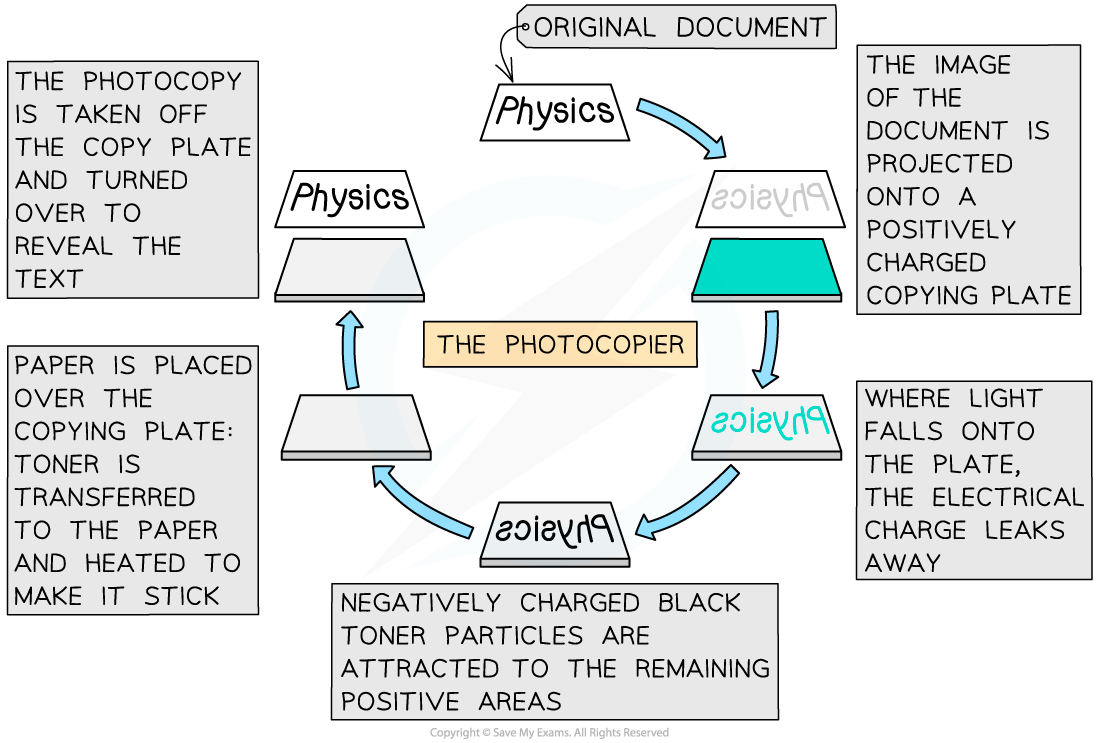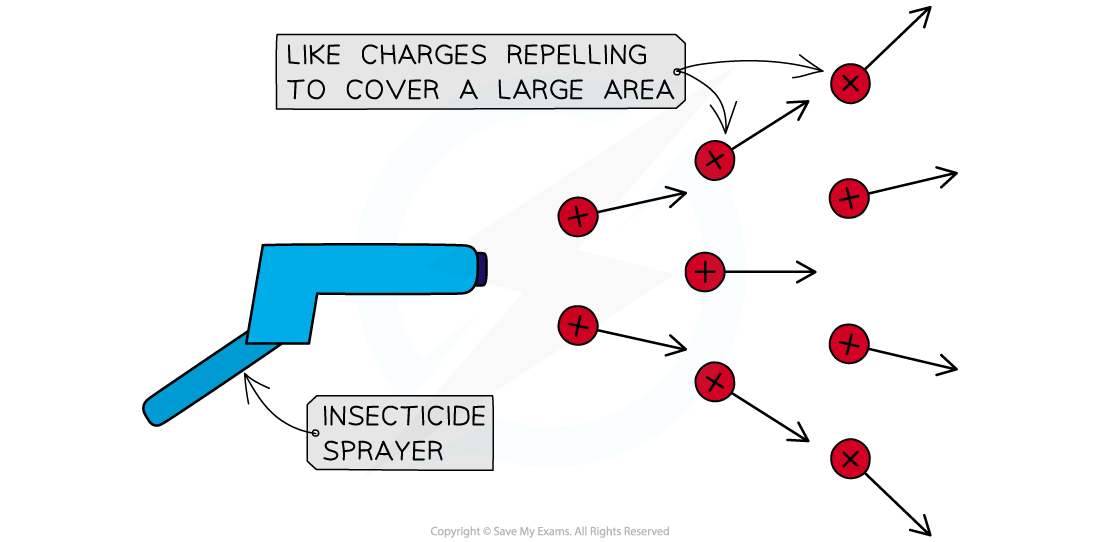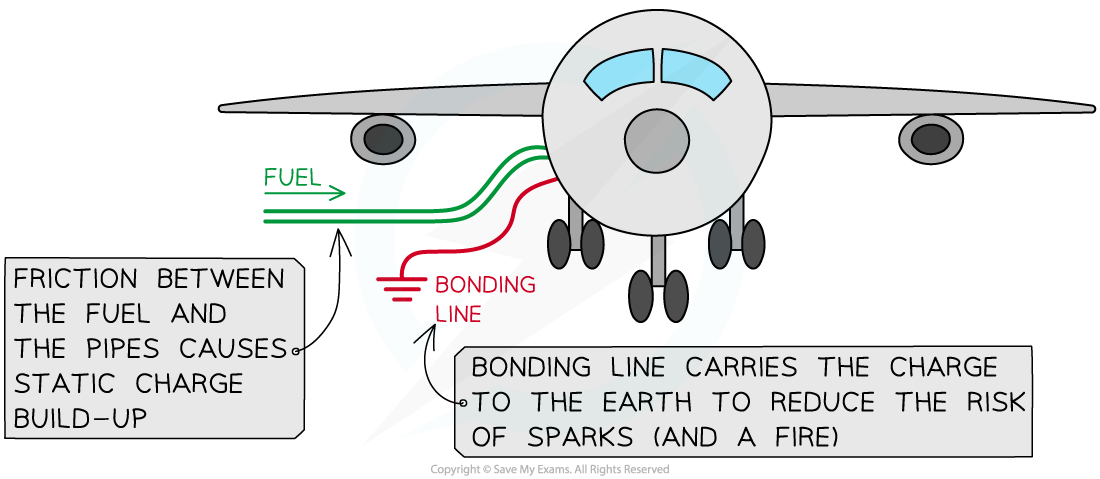- 翰林提供学术活动、国际课程、科研项目一站式留学背景提升服务!
- 400 888 0080
Edexcel IGCSE Physics 复习笔记 2.4.4 Uses & Dangers of Static Electricity
Edexcel IGCSE Physics 复习笔记 2.4.4 Uses & Dangers of Static Electricity
Uses of Static Electricity
- Electrostatic charges are used in everyday situations such as photocopiers and inkjet printers
Photocopiers
- Photocopiers use static electricity to copy paper documents, most commonly in black and white
- An image of the document is projected onto a positively charged copying plate
- The plate loses its charge in the light areas and keeps the positive charge in the dark areas (i.e the text)
- A negatively charged black toner powder is applied to the plate and sticks to the part where there is a positive charge
- The toner is then transferred onto a new black sheet of white paper
- The paper is heated to make sure the powder sticks (hence why photocopied paper feels warm)
- The photocopy of the document is now made
- Inkjet printers work in a similar way, but instead of the black toner powder, a small jet of coloured ink is negatively charged and attracted to the correct place on the page

Insecticide Sprayers
- Insecticides are chemicals used to kill pests in order to protect crops
- In order to spray crops effectively whilst using a minimal amount of chemicals, the sprayer has to deliver the chemicals as a fine mist and cover a large area
- To achieve this, the insecticide is given an electrostatic charge (e.g. positive) as it leaves the sprayer
- The droplets of insecticide then repel each other since they are the same charge
- This ensures that the spray remains fine and covers a large area
- They are also attracted to the negative charges on Earth, so they will fall quickly and are less likely to be blown away
- A similar technique is used in the spray painting of cars

Dangers of Static Electricity
- Static electricity can cause sparking
- There are various situations where static electricity can pose a hazard, for example:
- The risk of electrocution (e.g from lightning)
- The risk of a fire or explosion due to a spark close to a flammable gas or liquid
- There are dangers of sparking in everyday situations such as fuelling vehicles such as cars and planes
- Earthing is used to prevent the dangerous build-up of charge
- This is done by connecting the vehicles to the Earth with a conductor
Fuelling Vehicles
- A build-up of static charge is a potential danger when refuelling aeroplanes
- Fuel runs through pipes at a fast rate
- This fuel is very flammable
- The friction between the fuel (a liquid insulator) and the pipe causes the fuel to gain charge
- If this charge were to cause a spark, the fuel could ignite and cause an explosion

- This is prevented by the fuel tank being connected to the Earth with a copper wire called the bonding line during the refuelling
- The conductor earths the plane by carrying the charge through to the Earth which removes the risk of any sparks
Exam Tip
- You could be asked to explain other dangers and uses in your exams
- They may ask you to explain the movement of charge in terms of electrons
- If asked to explain a danger:
- State what the danger is (electrocution? fire?)
- Explain how the charge can be removed to get rid of the risk i.e earthing (think about which way the electrons have to move)
- If asked to explain a use, think carefully about the forces exerted due to static electricity and what they will do
转载自savemyexam

早鸟钜惠!翰林2025暑期班课上线

最新发布
© 2025. All Rights Reserved. 沪ICP备2023009024号-1








